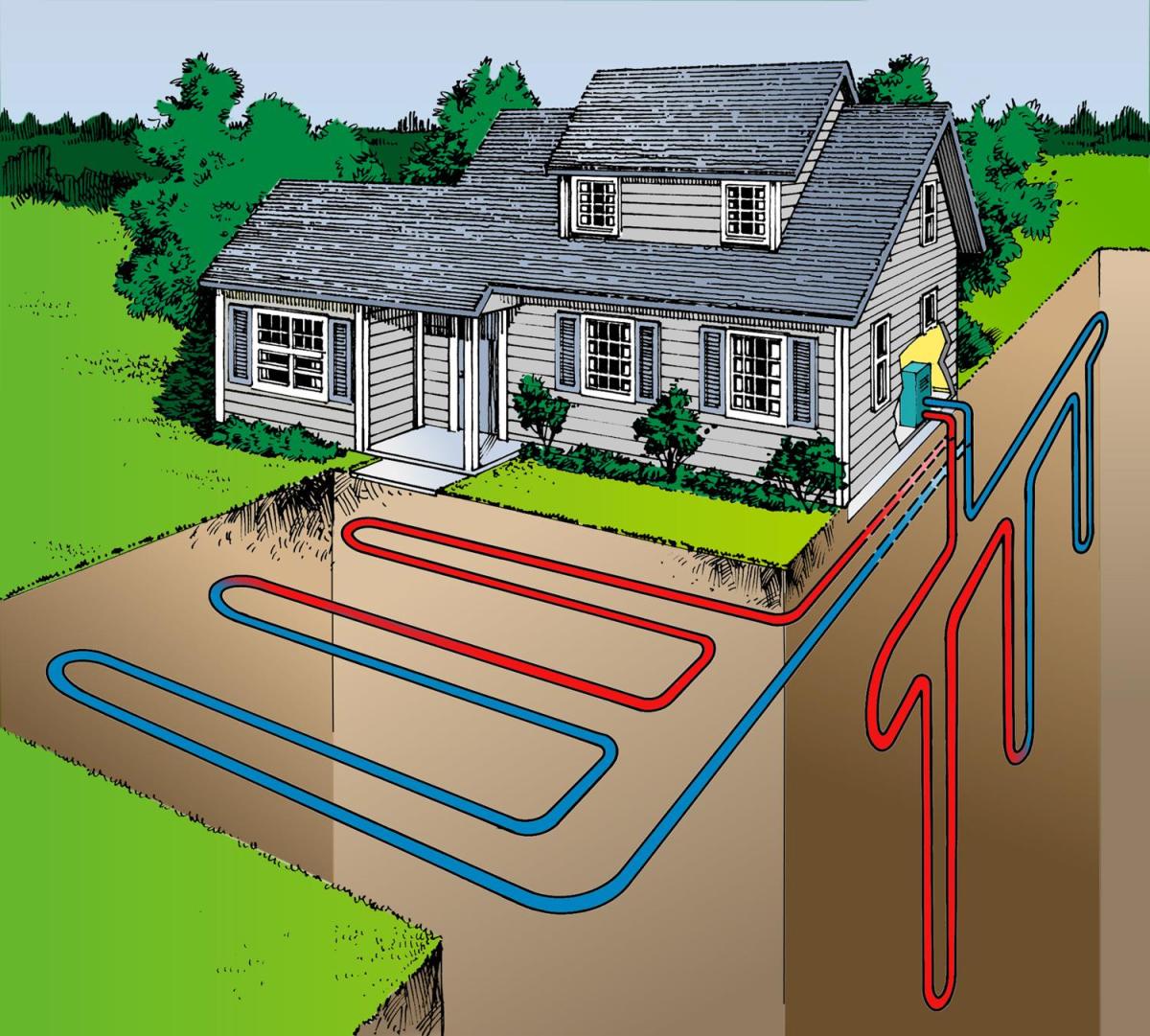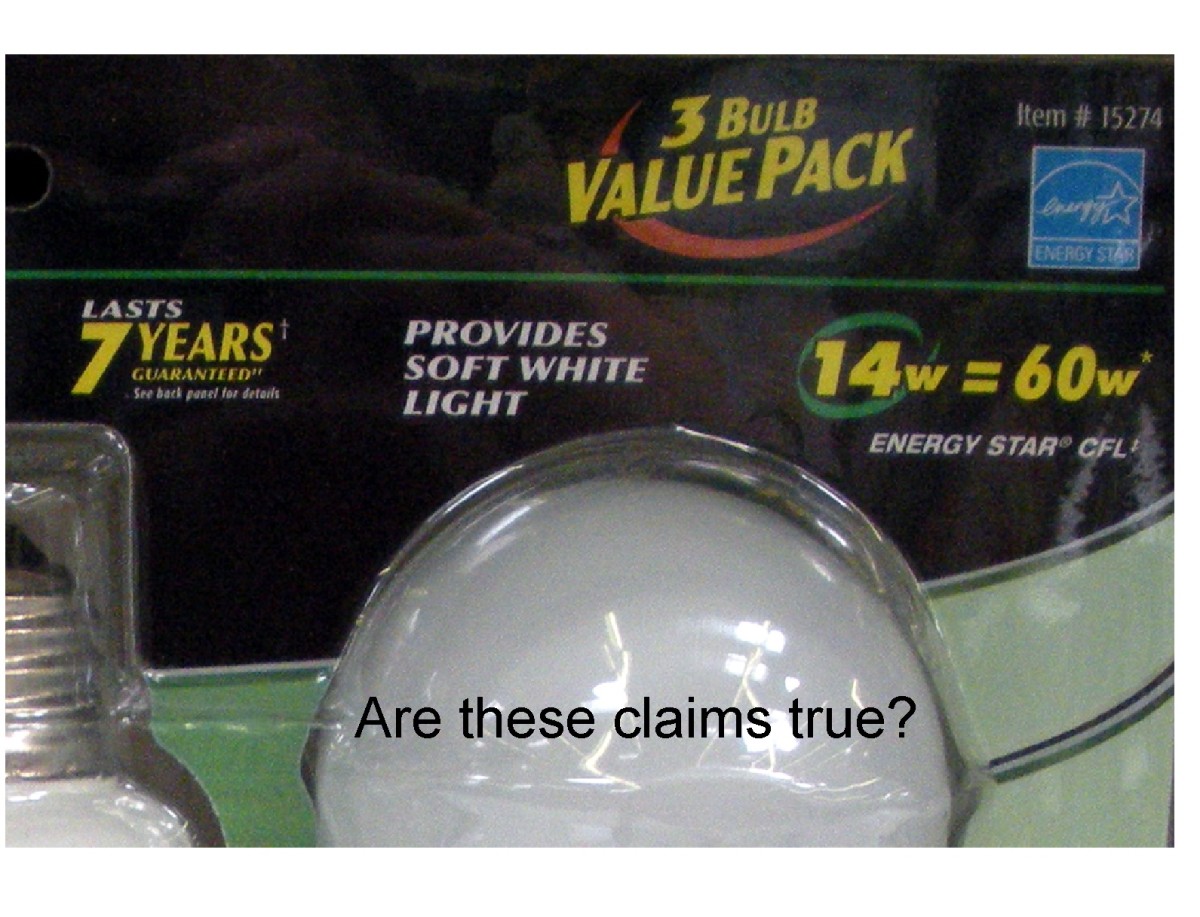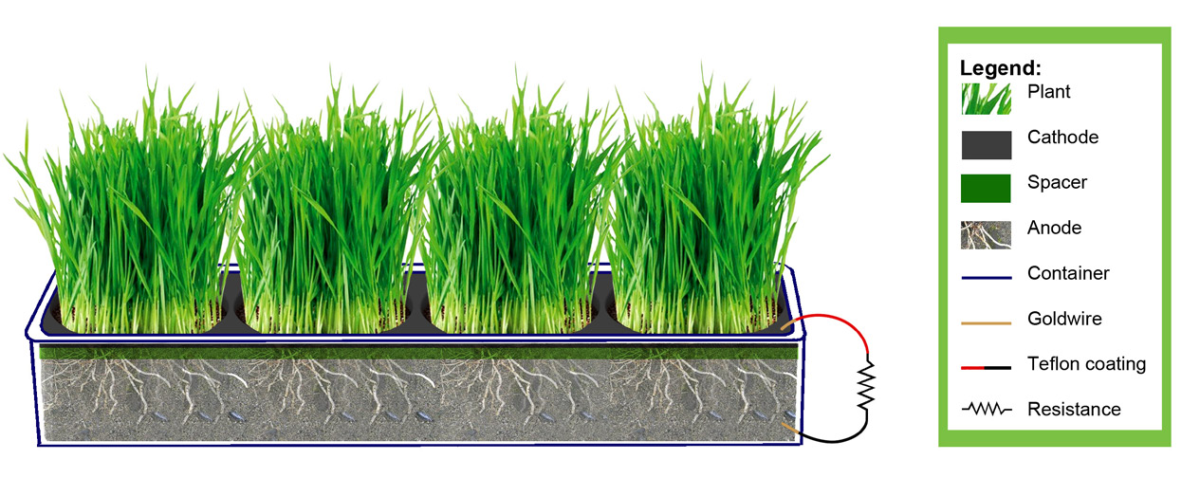A Do-It-Yourself Home Energy Audit in Three Simple Steps
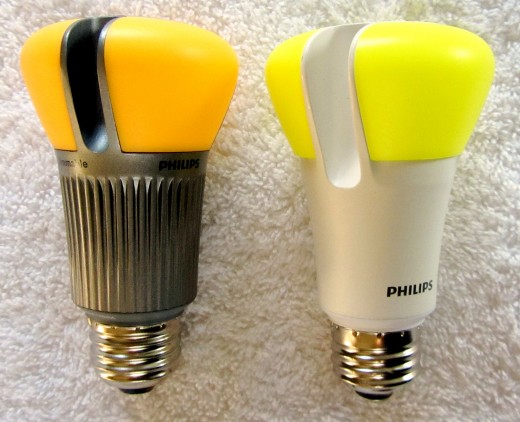
How to Save Energy at Home
An energy audit for a commercial or industrial building typically requires an in-depth analysis by qualified professionals, and may involve carrying out measurements with sophisticated equipment. Then, energy efficiency measures are proposed based on the observations and measurements, and the financial viability of each measure proposed is analyzed.
If you want to identify energy-saving opportunities at home, you can follow a much simpler procedure. Heating and cooling are by far the top energy expenses in a home, and lighting can also be a significant expense if you use old incandescent or halogen bulbs. By following the three steps provided below, you can assess the energy efficiency of your heating and cooling equipment, as well as that of your lighting fixtures.
1) Do You Have an Electric Water Heater?
A good rule of thumb for homes and non-industrial businesses is that heating and cooling are normally the top energy expenses. For example, a friend recently reduced his utility bill by around $100/month just by reducing the use of his electric water heater.
If you have a water heater that is based on electrical resistance and you use a lot of hot water, you can bet that this device is near the top of the list in terms of energy consumption. So, if you are planning to carry out upgrades, this is a good starting point. A heat pump is a much better alternative: for a given heating output, a heat pump will typically consume less than half of the energy compared with a resistance heater.
When looking for a heat pump to purchase, check the coefficient of performance (COP). This is a ratio of heating output to power input, and you can think of it as analogous to the MPG of a car: just like a higher MPG means you spend less on fuel, a higher COP saves you electricity.
- Electric resistance heaters are limited to a COP of 1, you get one kilowatt (1,000 W) of heat for every kilowatt of electric power supplied.
- On the other hand, a heat pump with a COP of 2.5 can provide one kilowatt of heating for just 400 watts of electric power.
Ideally, you should go for the highest COP you can afford. There are now heat pump models with a COP above 4, which translates into 75% energy savings compared to a resistance heater.
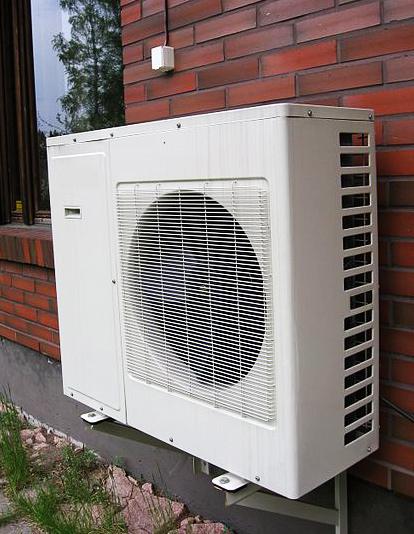
2) Are Your Air Conditioners and Space Heaters Efficient?
Air conditioners and space heaters also have a Coefficient of Performance, but the value is not always available from product specifications. Instead, you will most likely find:
- HSPF (Heating Seasonal Performance Factor) - For heating equipment.
- SEER (Seasonal Energy Efficiency Ratio) - For cooling equipment.
These values follow the same logic as MPG for a car, and a higher value saves you more money. The main difference between them and the COP is:
- The COP uses watts for both the heating or cooling output and the power input.
- The SEER and HSPF consider an output in BTU/hr (British Thermal Units per hour). Only the electric power input is measured in watts.
Reversible heat pumps that can work as both heaters and air conditioners will display both the SEER and the HSPF.
In general, you will want to have a SEER above 20 (more than 50% savings compared with old A/C models) and an HSPF above 10 (roughly 66% savings compared with resistance heating).
When replacing heating and cooling equipment, consider the operating schedule. It might be tempting to go for the largest device first, but you will save more energy by prioritizing those that are used more. For example, if you have a room for visitors that is rarely used, you will save very little energy by upgrading its air conditioner. On the other hand, if you have an AC that is used on a daily basis, upgrading it will remove a large portion of your electric bill.
3) Do You Still Use Incandescent Lamps?
Incandescent lamps are very inefficient, and on top of that they make your cooling equipment work harder because their released heat has to be removed for the room.
In general, you will get 75% savings by upgrading to fluorescent lamps and around 85% savings if you upgrade to LED. If you go for LED, you can also forget about replacing lamps in a long while, since the average LED bulb last for 25,000 hours. For comparison, incandescent bulbs are typically rated for 1,000 hours and fluorescent bulbs are rated for 8,000-12,000 hours.
An upgrade from fluorescent lighting to LED also provides savings, although in this case it is only around 30% because fluorescent lamps are already quite efficient compared with their incandescent and halogen counterparts.
Just like with heating and cooling equipment, upgrading lamps that are used a lot saves more energy that upgrading lamps that are rarely used. The cost of the upgrade is the same in both cases, so prioritize lamp upgrades according to usage.
You can check out the following Hubs for more information on LED lighting upgrades:
Conclusion
There are a lot of energy efficiency measures to implement at home, but these three are the ones that will tend to have the highest impact on your monthly electric bill.


